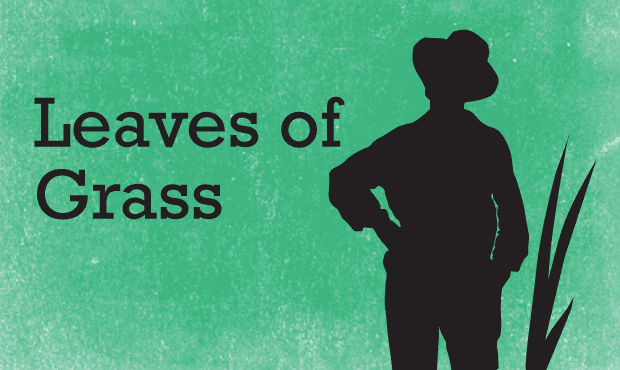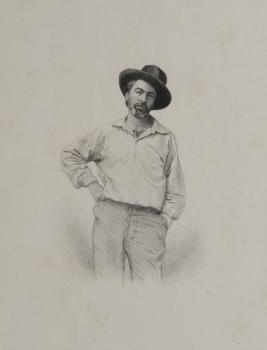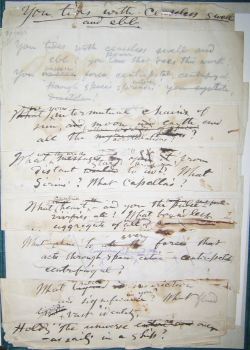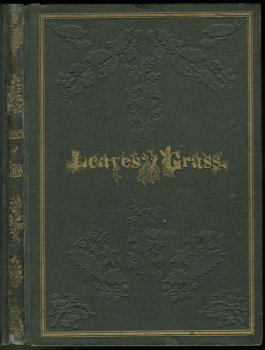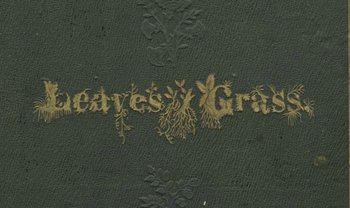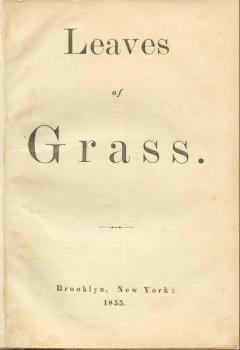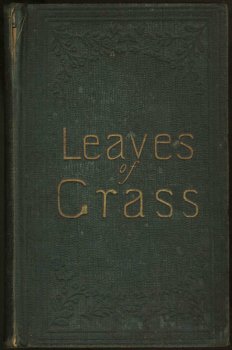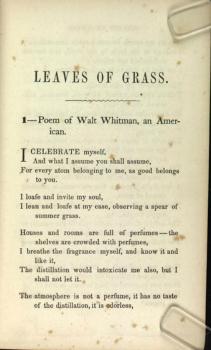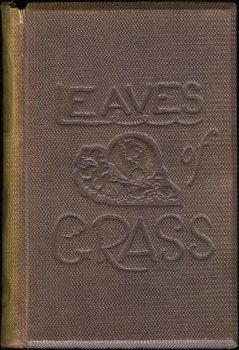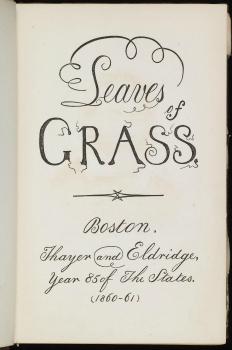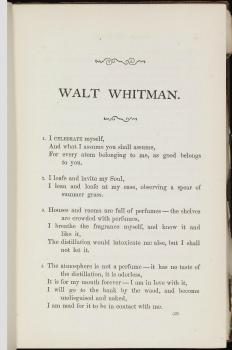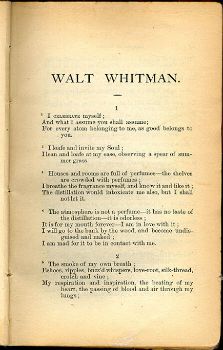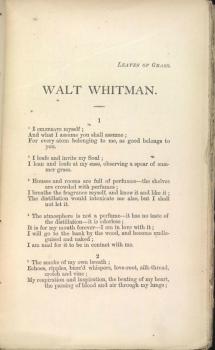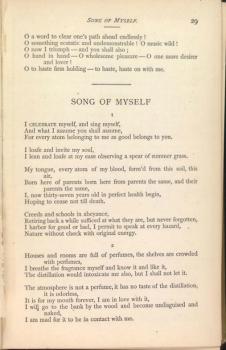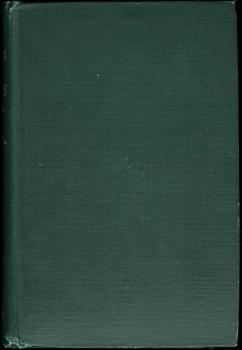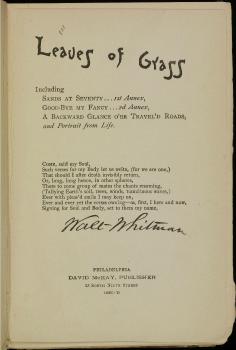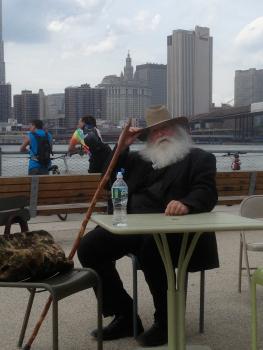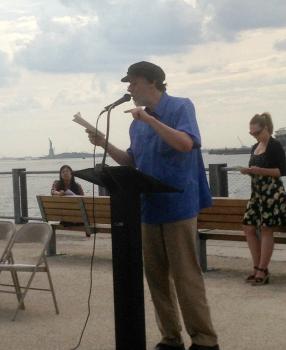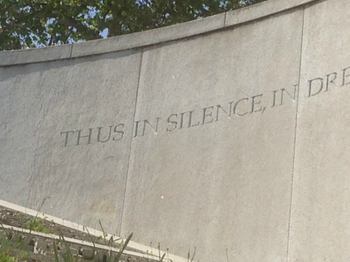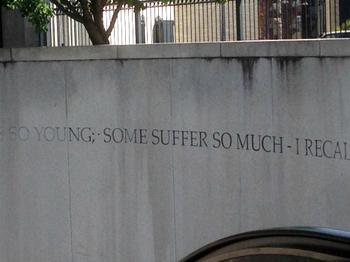This is the poem that taught America to sing itself.
A consummate patriot, Walt Whitman set out to invent a radically new form of poetry for a new nation. His book was first viewed as bizarre and obscene — one reviewer said that the author should be publicly flogged. But revising and adding to the book until his death, Whitman accomplished his goal, creating a new Bible for American poets. Poet Matt Miller reveals a secret to the making of this unprecedented work.
Slideshow: The changing editions of Leaves of Grass
Music Playlist
-
Sur Le Fil
Artist: Yann TiersenAlbum: Amelie: Original Soundtrack RecordingLabel: Parlophone -
Lullabye for Christie
Artist: Dirty ThreeAlbum: Whatever You Love You AreLabel: Touch & Go Records -
I Did it My Way
Artist: Jay-ZAlbum: Blueprint 2: The Gift & The CurseLabel: Roc-A-Fella

